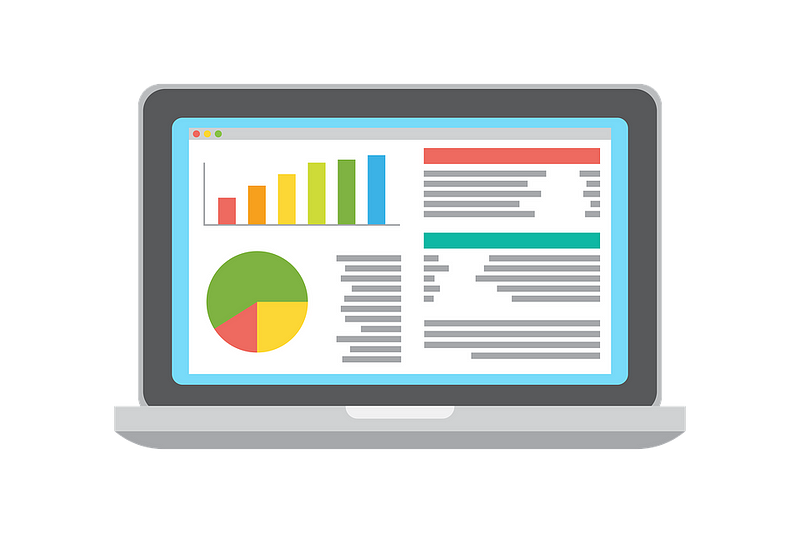Published new article - Intro to Data analysis and Business Intelligence
Intro to Data analysis and Business Intelligence
Read here or on Medium:
Data analysis is frequently confused with Data analytics, which is understandable as data analysis is a subset of data analytics focused on cleaning and initially understanding the data at hand.

Date analytics and its purpose.
Data analytics is the science of analyzing raw data to make conclusions about that information. Many of the techniques and processes of data analytics have been automated into mechanical processes and algorithms that work over raw data for human consumption.
The world is more and more data driven and understanding of this data is more important than ever. Data has potential to improve products and services. Data analytics allows making better business decisions. Many industries use data to work smarter and faster.
It is about looking at events that happened in the past to find events that are likely to occur in the future. Goals of quantitative and qualitative evaluation of provided data is to find information to make better decisions. Data analytics is the process of answering “how?” and “why?”. This process is part of Business intelligence.
Types of Data analytics.
- Descriptive analytic — describes what has happened over a given period of time
- Diagnostic analytics — describes why something happened
- Predictive analytics — Attempts to predict what will happen based on specific action.
- Prescriptive analytics — Proposes a course of action with description of predicted output
Data analytics process steps.
- Problem Definition — Need to know why we are doing it and what is the goal
- Data collection — Getting required data from one or more sources
- Data processing — Data is in usable form
- Data cleaning — Removing excess data, outliers, filling missing data, etc.
- Exploratory Analysis — Looking at the data for better understanding
- Modelling and algorithms — Getting meaningful information from the data
- Data product — Finalizing the report or preparing model
- Communication — Presenting results to stakeholders
What does the data analysis process look like?
We take the data, filter it and that becomes target of the analysis. Data may be numerical or categorical. The process of data analysis is to divide information into components and interpret the results. It is to distinguish the valuable information (signal) from bad information (noise) present in the data. This is the iterative process where data is continuously collected and analyzed.
Data Analysis tools.
- Most popular tools used for data analysis is Microsoft Excel. Programming languages like R or Python as designed to make it more automatic and streamline, avoid many shortcomings of Excel.
- Excel can also be used to bring data to life with visualization, but it is much easier in tools like Tableau or Microsoft Power BI.

What is Business Intelligence?
Business intelligence is a buzz word describing the use of data analytics process results to make business decisions, like:
- product placement and pricing
- identification of new markets and demand for products,
- Creating budgets and forecasting to make more money.
Business Intelligence process can be automated for use and making quick decision.
Who should perform data analysis and how to avoid bias?
Improper statistical analysis can lead to wrong conclusions. It is important that people assigned to perform data analysis have necessary skills and knowledge to select data collection methods and appropriate analysis methods without bias. Supervisors should have substantially more than basic understanding of data analysis to better supervise and make informed decisions based on the results.
Analysis needs to be honest and accurate, reducing the likelihood of statistical error. Part of the data manipulation that introduces bias are the following:
- Exclusion of the outliers
- Filling missing data
- Altering data
- Data mining
- Developing graphical representation of the data.
Where to start?
Clearly define objectives of the analysis, to get best results out of the available data. Define what questions you would like to be answered by the data. Do not try to influence analysis but ensure that methods and tools used are appropriate. At the end you want to draw conclusion from the data to know what will happen if you do something.
Comments